
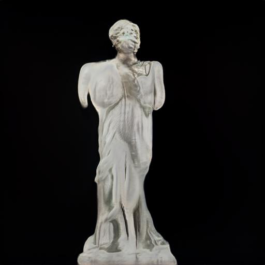

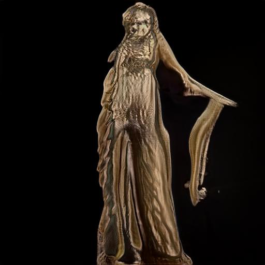
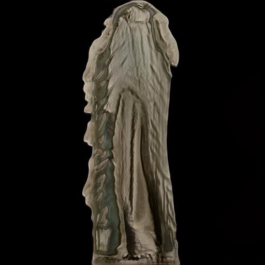

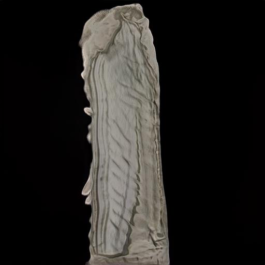
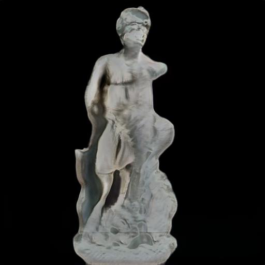
RenAIssance
Category
Authors
Role Activity
December 2021
Machine Learning for Designers, Exhibition Design
Tom Antoniou, Piyush Churad, Chinmay Modi
Concept & Ideation, Visual Design through StyleGAN, Virtual Exhibition Design
All human actions represent a movement in space and time. Which becomes a challenge for a sculptor to tell a story behind the art. How a sculptor portrays his actors; how he uses different poses and the place of action, determine the story in physical terms. Throughout the history of sculpting art, many artists all over the globe have created statues which are breath-taking and striking for a viewer.
Humans and machines share certain similarities in how they look at the world. This is an attempt to create the sculptures using Machine learning. The outcome is a unique, unpredictable, and unrepeatable artifact.
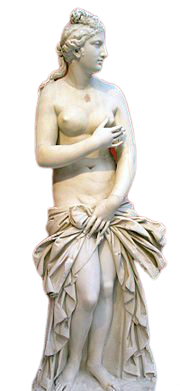
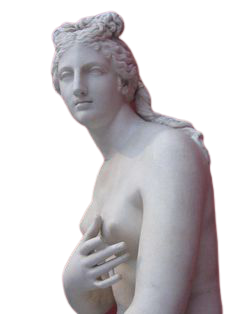
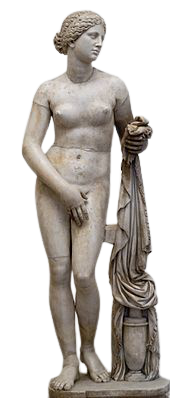
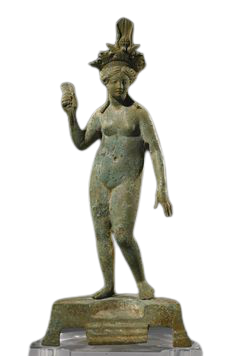
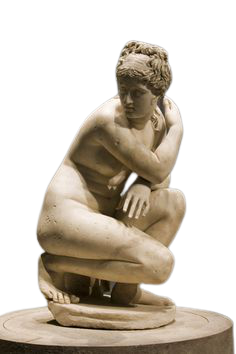
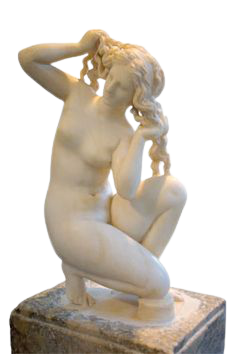
+
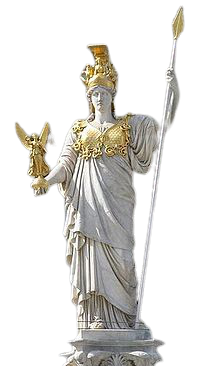
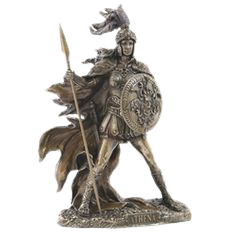
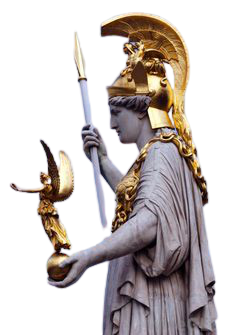
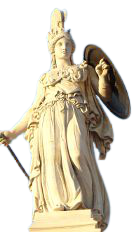
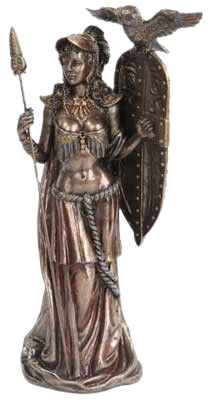
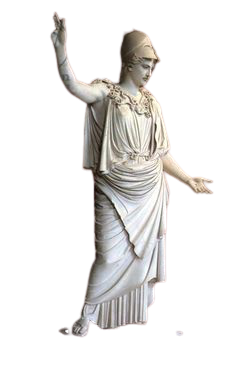
+
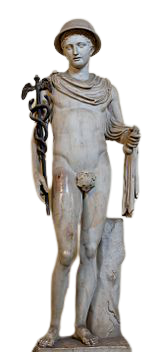
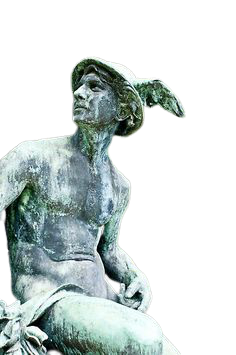
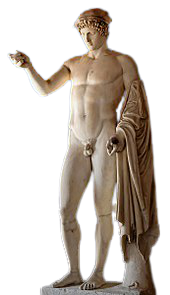
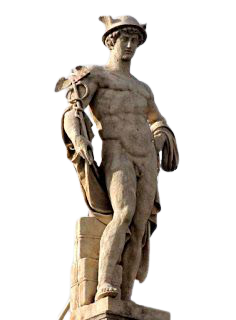
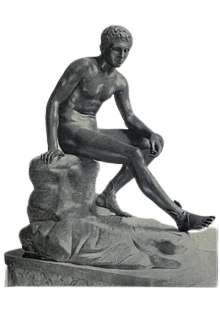
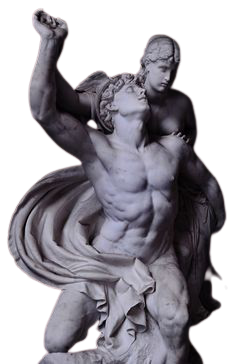
+
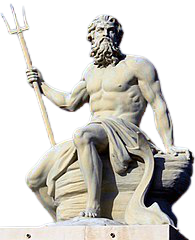
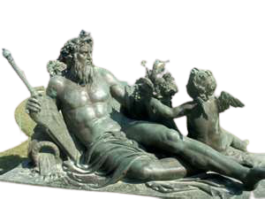
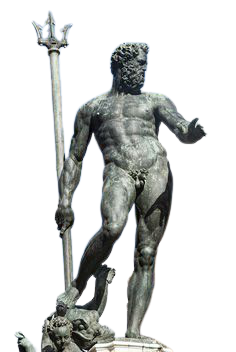
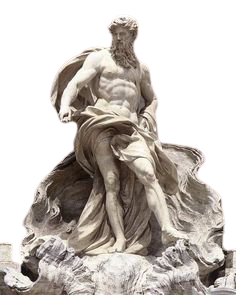
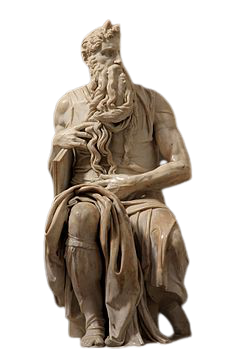
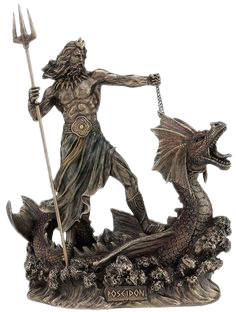
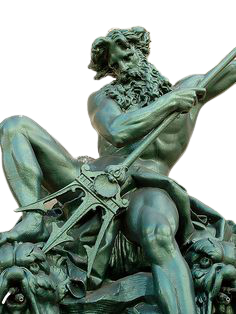
↓
+ more 650 assets trained in StyleGAN (Runway ML)
=
RenAIssance: Virtual Exhibition Walkthrough
/Interface & Interaction Modality
The virtual exhibition has a look and feel of real life exhibitions. It has a central narrative, Installation, Sculptures, Videos and Images. The sculptures are categorized in two sections;
Archaic Sculptures: These Machine generated sculptures have a resemblance to the ones from an early period of art or culture. In particular, they have some characteristics of ancient Greek sculptures like life-size, freestanding statues that attempted to mimic the human form and pose. We can say these statues have some extent of idealistic realism from Greek culture which depicts their concept of an ideal human rather than depicting an average human.
Morphed Sculpture: These artificially generated sculptures represent resurgence of sculpture in a machine learning era. These forms are a mixture of cultural reference points of sculpture art from different parts of the world and their history. These represent imperfect forms, unpolished surfaces, non-uniform patterns and concoction of different materials.
Each section has two unique 3D Statues, a transitional video and several Images showing the characteristics of the sculptures in detail.
/User Experience
The exhibition is a virtual-visual walkthrough that visualizes sculpting Human poses through machine learning. It features two areas of Sculpture art : Antique statues, Interposed Sculptures.
/Research & Development Context
The explorations included brainstorming over different concepts and visualizing their outcomes with eventual artefact in mind. Upon finalizing the concept of sculptures, the next step included training and teaching the machine with an archive of more than 650+ images of classical sculptures within a timespan of 3-4 days. The outcome of the machine was then observed and analyzed. It led us to two different types of sculptures having unique characteristics.
Considering the pandemic and restrictions, we decided to create a virtual exhibition for viewers to experience these artforms online. Viewers can just login and get a virtual tour.
The potential road map for this virtual exhibition can shape the metaverse and can also be used to exhibits, artificially generated design outcomes in future.








RenAIssance
December 2021
Category
Machine Learning
Authors
Tom Antoniou, Piyush Churad, Chinmay Modi
Role Activity
Concept & Ideation, Visual Design through StyleGAN, Virtual Exhibition Design
All human actions represent a movement in space and time. Which becomes a challenge for a sculptor to tell a story behind the art. How a sculptor portrays his actors; how he uses different poses and the place of action, determine the story in physical terms. Throughout the history of sculpting art, many artists all over the globe have created statues which are breath-taking and striking for a viewer.
Humans and machines share certain similarities in how they look at the world. This is an attempt to create the sculptures using Machine learning. The outcome is a unique, unpredictable, and unrepeatable artifact.






+






+






+







↓
+ more 650 assets trained in StyleGAN (Runway ML)
=
RenAIssance: Virtual Exhibition Walkthrough
/Interface & Interaction Modality
The virtual exhibition has a look and feel of real life exhibitions. It has a central narrative, Installation, Sculptures, Videos and Images. The sculptures are categorized in two sections;
Archaic Sculptures: These Machine generated sculptures have a resemblance to the ones from an early period of art or culture. In particular, they have some characteristics of ancient Greek sculptures like life-size, freestanding statues that attempted to mimic the human form and pose. We can say these statues have some extent of idealistic realism from Greek culture which depicts their concept of an ideal human rather than depicting an average human.
Morphed Sculpture: These artificially generated sculptures represent resurgence of sculpture in a machine learning era. These forms are a mixture of cultural reference points of sculpture art from different parts of the world and their history. These represent imperfect forms, unpolished surfaces, non-uniform patterns and concoction of different materials.
Each section has two unique 3D Statues, a transitional video and several Images showing the characteristics of the sculptures in detail.
/User Experience
The exhibition is a virtual-visual walkthrough that visualizes sculpting Human poses through machine learning. It features two areas of Sculpture art : Antique statues, Interposed Sculptures.
/Research & Development Context
The explorations included brainstorming over different concepts and visualizing their outcomes with eventual artefact in mind. Upon finalizing the concept of sculptures, the next step included training and teaching the machine with an archive of more than 650+ images of classical sculptures within a timespan of 3-4 days. The outcome of the machine was then observed and analyzed. It led us to two different types of sculptures having unique characteristics.
Considering the pandemic and restrictions, we decided to create a virtual exhibition for viewers to experience these artforms online. Viewers can just login and get a virtual tour.
The potential road map for this virtual exhibition can shape the metaverse and can also be used to exhibits, artificially generated design outcomes in future.